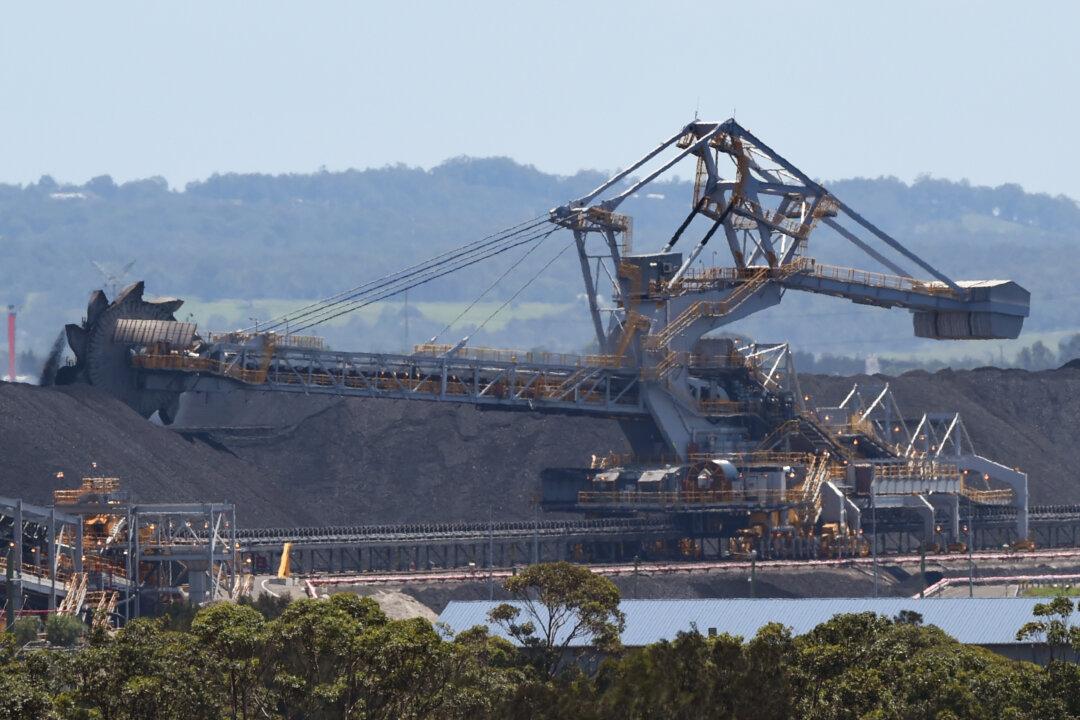Australia’s budget deficit will see a “remarkable recovery” this year on the back of soaring coal and natural gas prices, according to economist Chris Richardson.
In September, Treasury said higher commodity prices improved the federal budget’s bottom line for the 2021-22 financial year by $50 billion (US$75 billion) from higher commodity prices, but warned that they were starting to trend downwards.





